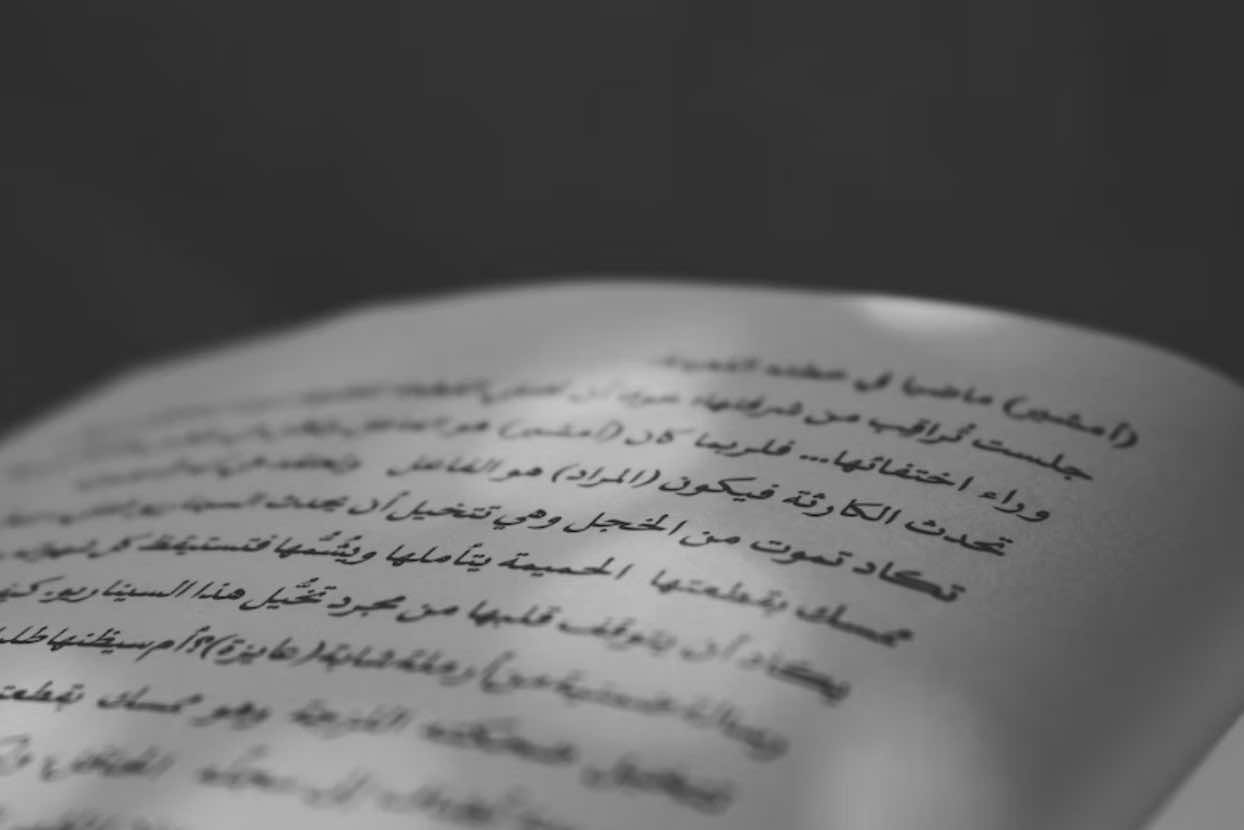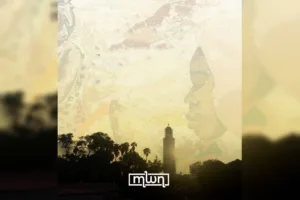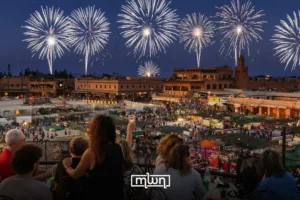Rabat – Arabic is a language rich in culture and history. Delving deeper into this fascinating language uncovers some surprising facts. Here is a selection of five of the most surprising facts about Arabic.
One of the most difficult languages
There are around 313 million Arabic speakers across 25 countries according to Babel, who also wrote that Arabic is the second most difficult language to learn for English speakers. One aspect of the language that non-natives struggle with is pronunciation, as Arabic has many phonetic sounds that Latin-based languages simply do not have. Mastering sounds such as the “ghain,” and “ain” is difficult, as they are glottal sounds that do not exist in English.
Nevertheless, the popular language learning app Duolingo stated that nearly four million of its users chose to study Arabic last year landing it 10th place among the most learned languages on the application.
Choosing Arabic can come down to a variety of reasons. Some dedicate their learning to religious reasons with the aim of understanding and reciting the Quran. Others may choose the language for career reasons, as there are approximately 375 million Arabic speakers in the world, which means that understanding the language could open up new job opportunities.
Arabic words in English
At first glance, it is easy to assume there are no connections between the English and Arabic languages.
However, there are many English words that originate from Arabic, one of which is the word alcohol, as the term in fact originates from the Arabic word ‘Al- Kuhool’.
The word alcohol comes from ‘kohl’ which was used to describe the chemical powder mixture used as makeup in the Egyptian era, which was later found to cause lead poisoning.
Yet the term was not used to describe alcohol as we know it, that only came into practice in the 18th century. Other common words that come from Arabic include hazard, giraffe, jar, and algebra.
The term algebra stands as an example of how the Arabic language has long been forming fundamental concepts that we have today. Muhammad ibn Musa al-Khwarizmi wrote the famous “Compendious Book on Calculation by Completion and Balancing around the year 820.
Featured prominently in the book, the Arabic word “al-Jabr” was adopted into English as Algebra.
The history of Arabic
Arabic remains largely unchanged in the last 1400 years, unlike other languages that have seen drastic alterations over time such as English. The most notable change in the classical form of Arabic is that in the past it did not have symbols or dots marking the letters, which is now a feature used to distinguish between many similar letters in the Arabic alphabet, such as the letters baa, taa, and thaa.
Why is Arabic written from right to left? The direction of writing from right to left is called dextrosinistral. Languages that follow this direction of writing are based on a different alphabet known as Aramaic, which both Hebrew and Arabic share a connection with. The Aramaic alphabet was prevalent throughout the Middle East in the ninth and tenth centuries.
 Example of the Aramaic Alphabet Credit: Omniglot.com
Example of the Aramaic Alphabet Credit: Omniglot.com
The language of the first-ever university
Arabic was the language taught at the first-ever university in the world. Al Qaraouiyine University in Fez was founded by Fatima bint Muhammad Al-Fihriya. The classes focused on classical Arabic and grammar.
The university, which dates back to the year 859, was also home to the oldest library in the world. The institution is still open to this day.
Read Also: Fatima Al-Fihri: The Mother of Moroccan Intellectuals
Arabic and its dialects
Modern Standard Arabic (MSA) or Fousha is only the linguistically binding formation that many Arabic dialects are formed from. The most spoken Arabic dialects are Egyptian (Masri), Gulf (Khaliji), Maghrebi (Darija), and Levantine (Shami) among others.
Within each country, there is an even more diverse breakdown of dialects and accents. In Morocco, for example, the dialect of Darija spoken in the north of the country can differ wildly from the one spoken by inhabitants in the south.
Darija is made up of Arabic, French, Spanish and Amazigh influences, the influence of which differs from region to region.
Many refer to the dialect as a “spoken language” because it has evolved over the years and does not have official codified rules that you find with Standard Arabic. Despite this, the dialect has conventions and rules that are widely understood by its speakers, despite the lack of officialization.
Read also: English: Morocco’s Promising Language For the Future
















